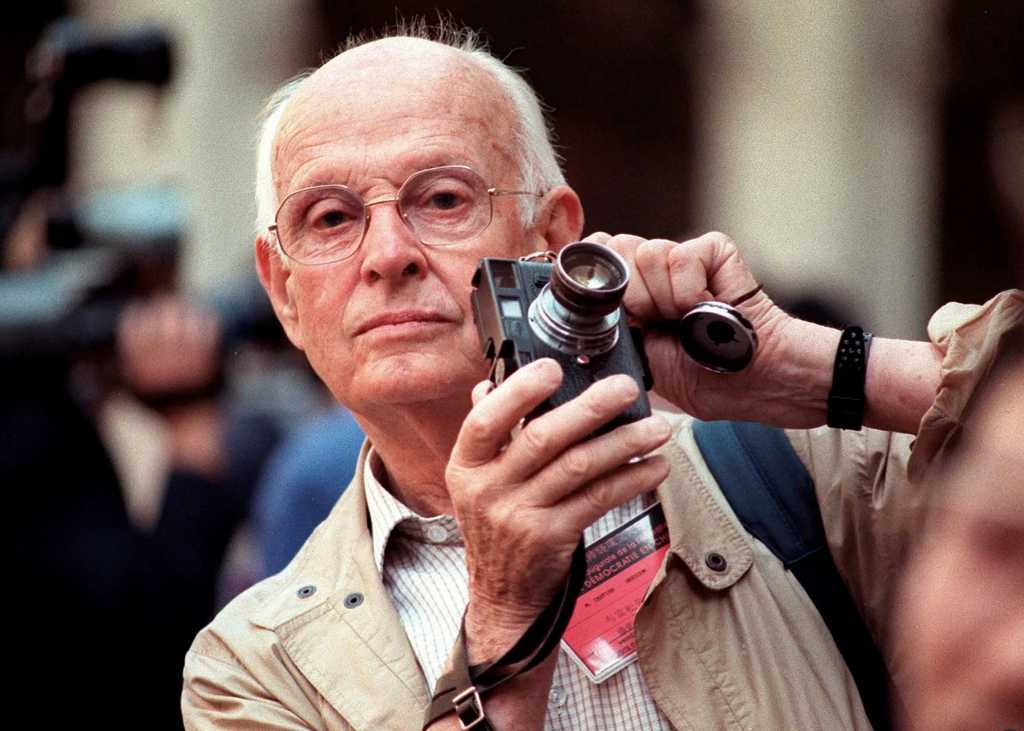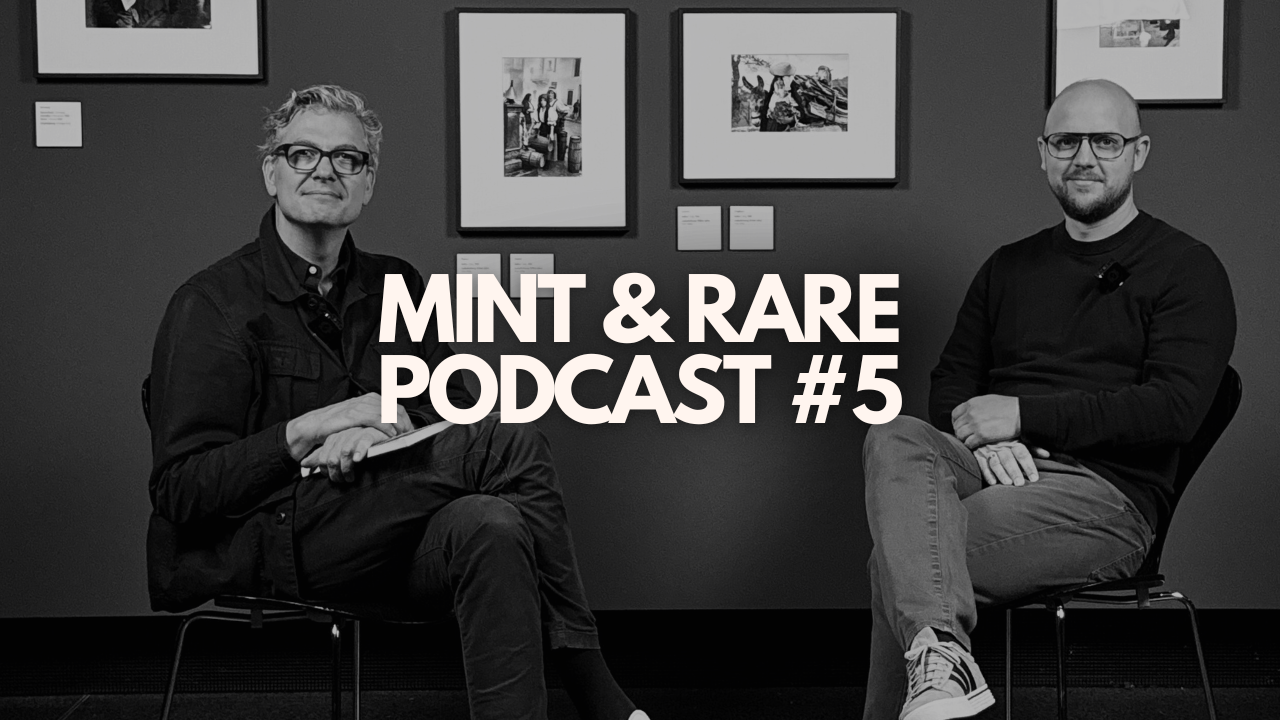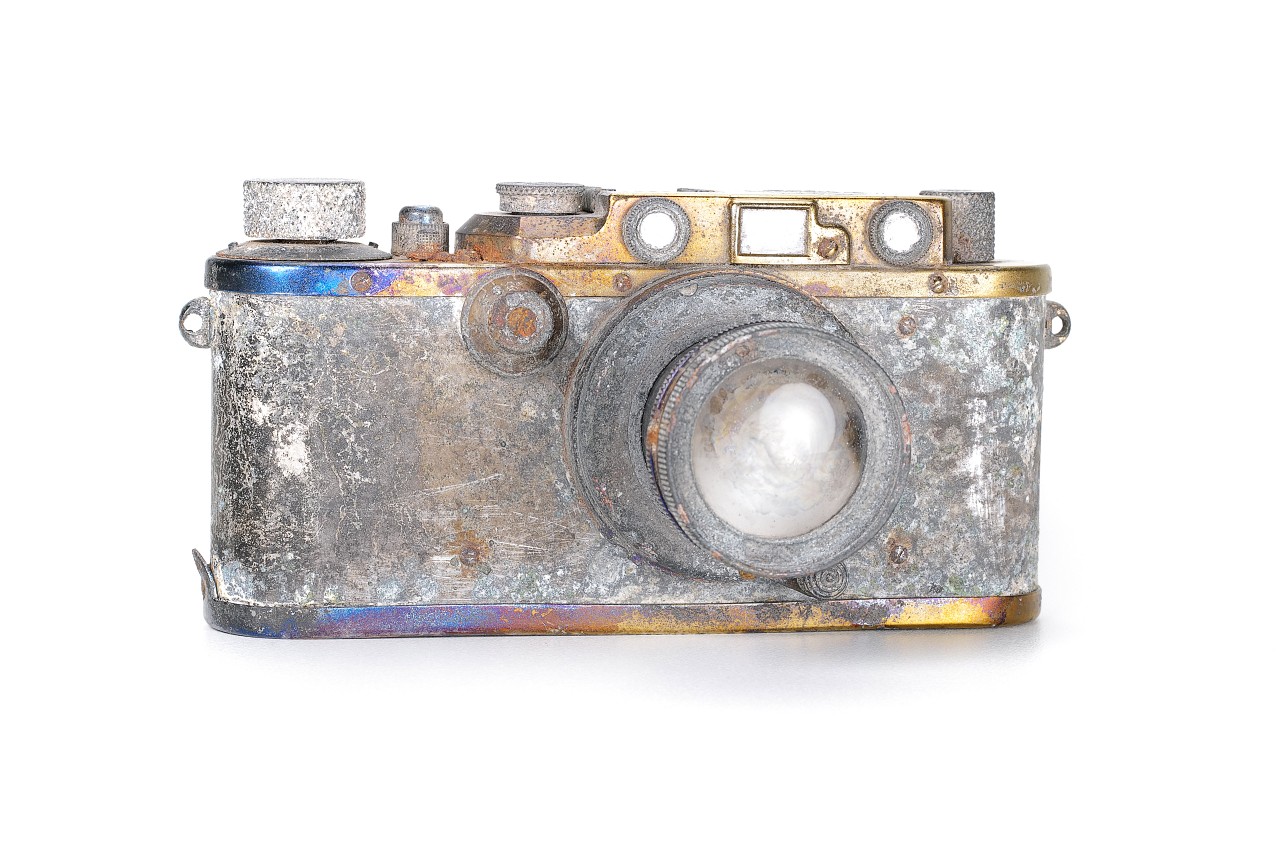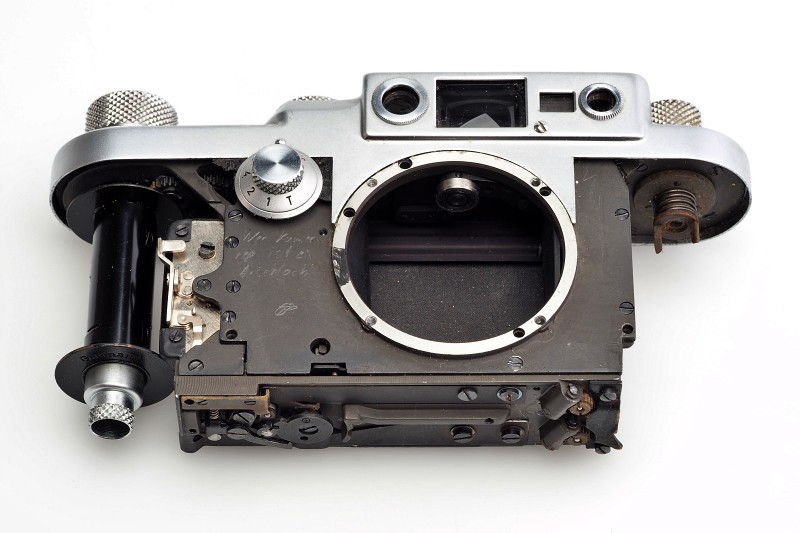Pentax 67 vs. Pentax 6x7: Recommendations & Lenses
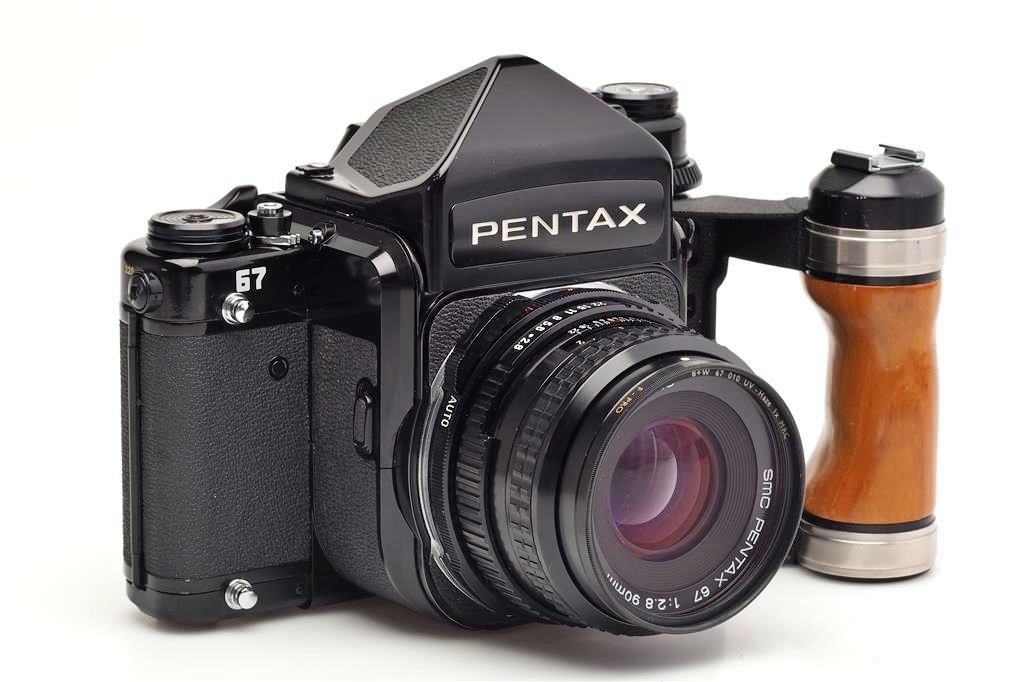
Pentax 67 and Pentax 6x7: Differences, Recommendations and Lenses
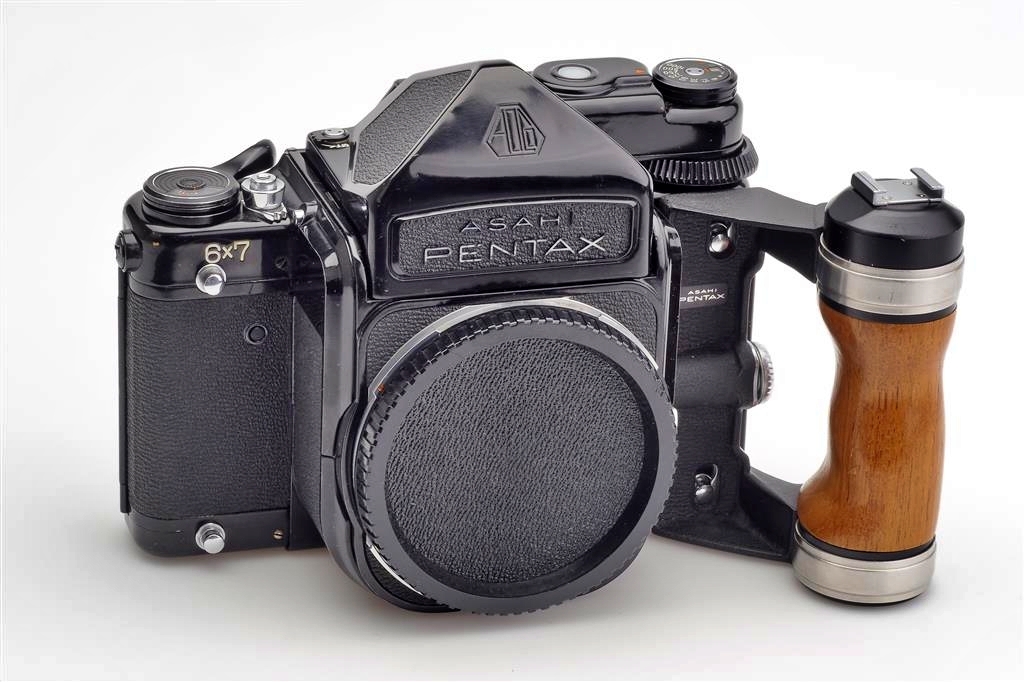
The Pentax 67 and Pentax 6x7 aren't just old cameras; they're revered classics. In today's photography scene, these analog medium format cameras remain highly coveted. In this article, we delve into the history of the Pentax 67 and 6x7 models, explaining why they are such stellar cameras. Additionally, we explore the differences between the two cameras models, provide practical tips for their usage, and highlight some of the top lenses available.
Here we have a SLR medium format camera for 120 and 220 film. The title "6x7" suggests a negative size of 6 x 7 cm, but the actual Pentax negative size is 56 x 70 mm. This means the format is not truly 6:7, but similar to 4:5. The Japanese manufacturer essentially advertised that the format better suited print formats and magazines, requiring less enlargement compared to negatives from Hasselblad 6x6 cameras or comparable medium format cameras from Bronica.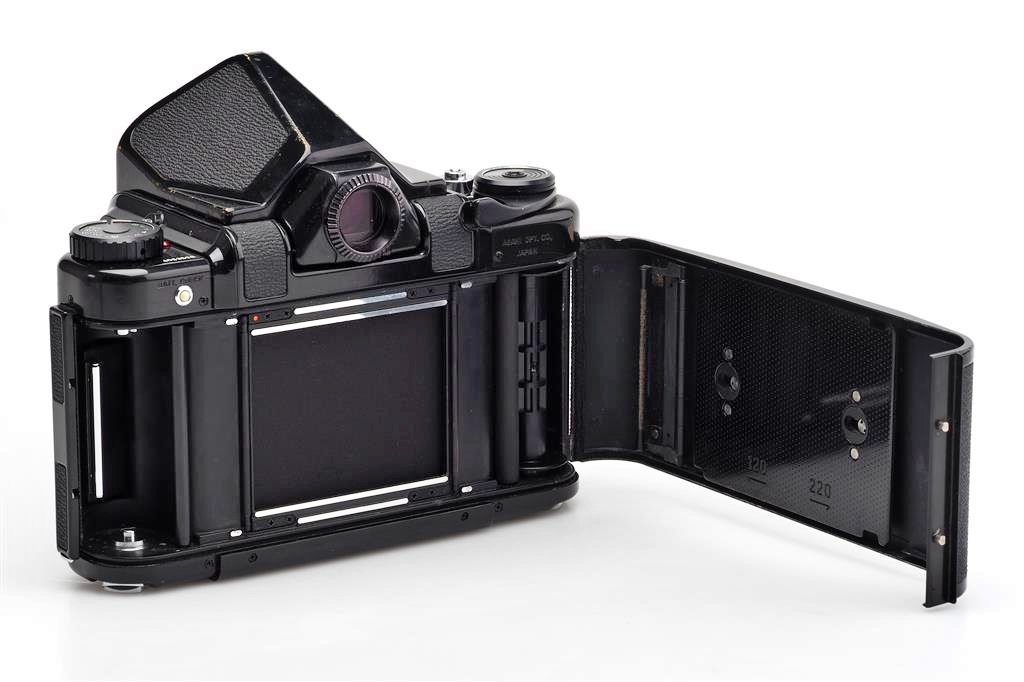
For many photographers, the Pentax 67 ranks among their all-time favorite cameras they've ever used!
Pentax 67 vs. Pentax 6x7: Differences, rich history and unique features
Pentax produced the 6x7, later known as the 67, from 1969 until 2009. Photographers affectionately refer to it as the "Beast" or "Monster" – even today. Despite it and unlike comparable models from competitors, the Pentax is handy, more manageable, and less heavy, making it suitable for on-the-go shooting and extensive photo tours. That being said, the average photographer might still call it “heavy” however.
Both, the Pentax 67 and Pentax 6x7, feature a dual bayonet system, with two bayonet mounts on the body. This unique feature ensures that larger lenses are mounted on the outer bayonet, while smaller ones are attached to the inner bayonet.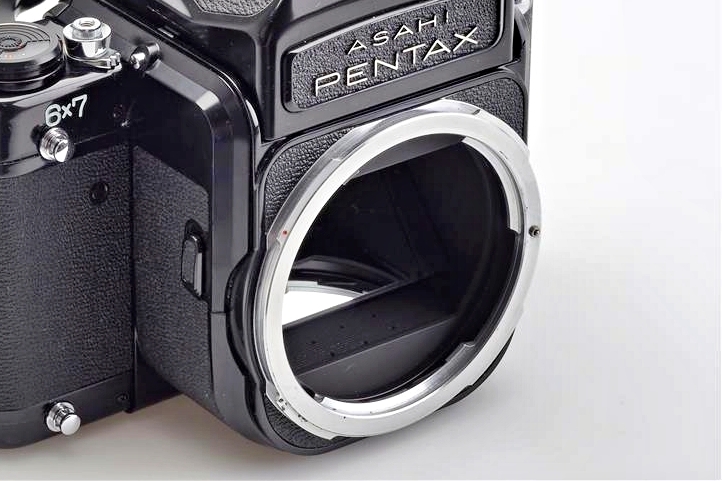
The transition from Pentax 6x7 to Pentax 67 occurred in 1990. Those who acquire a Pentax 67 (without the "x" in the title) typically receive the 3rd camera generation, often equipped with a viewfinder attachment and labeled "Pentax" instead of "Asahi Pentax." Purchasing models produced after 1990 increases the likelihood of obtaining a more modern and well-functioning camera.
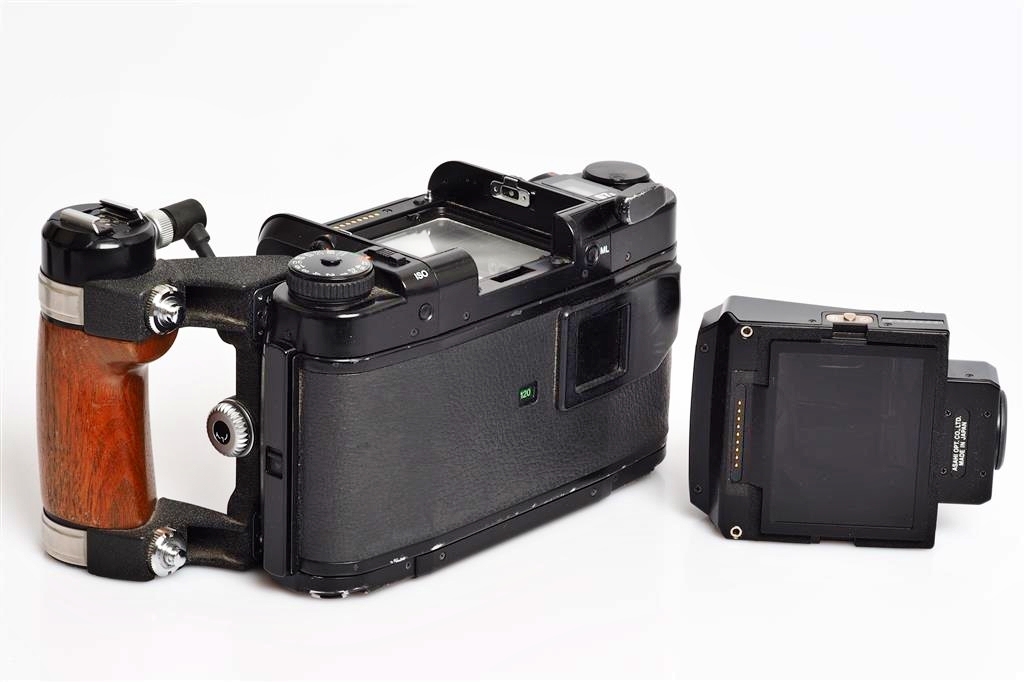
The introduction of the 67 brought about an improved shutter mechanism for enhanced reliability. Additionally, internal mechanics were upgraded, incorporating some plastic components to reduce overall weight. Notably, changes were made to the film transport mechanism as well.
Pentax 67 II: Evolution of excellence?
The Pentax 67 II was introduced in 1999, representing the most advanced iteration in the series. Its most distinctive improvement from its predecessors, if we had to pick one, probably lies in the exposure metering system integrated into the viewfinder. Furthermore, the camera now boasts TTL flash metering, ISO capabilities extended up to 6,400 (a doubling), diopter adjustment ranging from -2.5 to +1.5, and the ability to capture double exposures.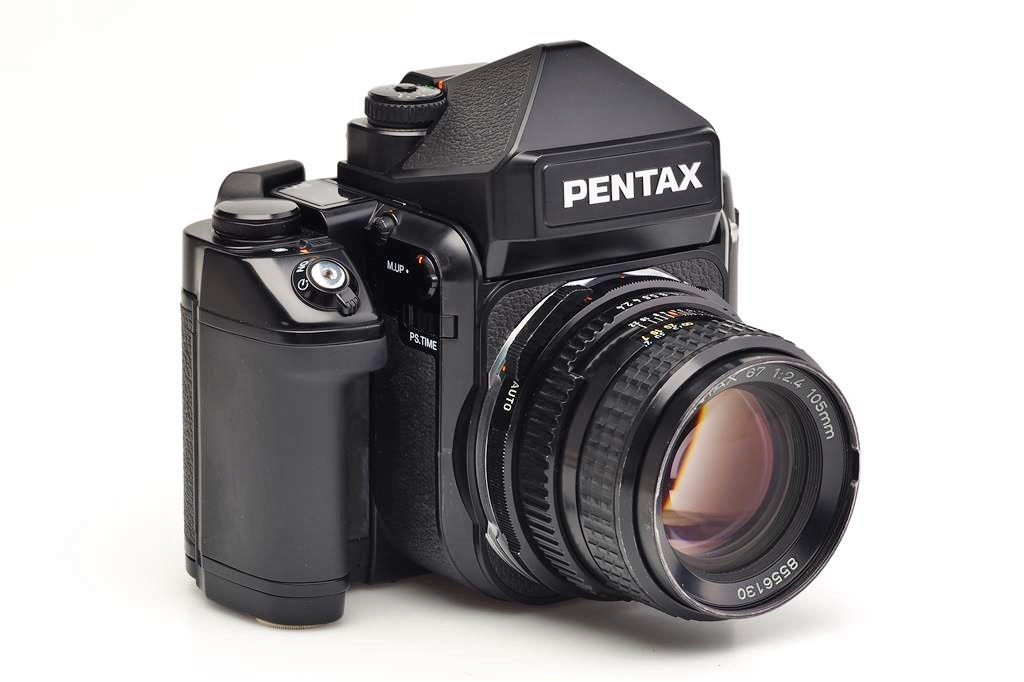
Other important innovations of the Pentax 67 II include:
- Av mode for semi-automatic exposure control
- Exposure compensation
- Modern pentaprism viewfinder
- Exposure up to four seconds (instead of one second)
Great features like these are the reason why many consider the Pentax 67 II as the evolution of excellence. Why do many photography enthusiasts prefer the Pentax 67 or even the 6x7 over the more modern cameras from 1999 and later? Well, unfortunately the Pentax 67 II is chock-full of electronics that might struggle in low temperatures and humidity. In addition, repairs and generally finding replacement parts are more difficult than with their vintage predecessors.
Our conclusion regarding the 67 II comes down to this: The more modern Pentax offers various superb features, and it is probably the handiest 6x7 camera out there. It stands for improved creative flexibility and awesome low-light performance. However, its robust build limits portability, and compared to modern digital medium format cameras, it may lag behind in features and user-friendliness.
Nonetheless, the Pentax 67 II remains a top choice for photographers valuing traditional handling and outstanding medium format image quality. Eventually, Pentax stopped production of the 67 series in September 2009. The end of an era!
Pentax 67: Best lenses
There seems to be a unanimous agreement that the best – or at least most legendary lens – for Pentax 67 is the Takumar SMC Pentax 67 105mm f/2.4, renowned for its photo’s three-dimensional look, beautiful bokeh, and exceptional low-light performance with shallow to minimal depth of field. A classic lens that most Pentax photographers want to include in their collection. People actually love it so much that prices skyrocketed over the past years, while the latest versions are more expensive than the original ones.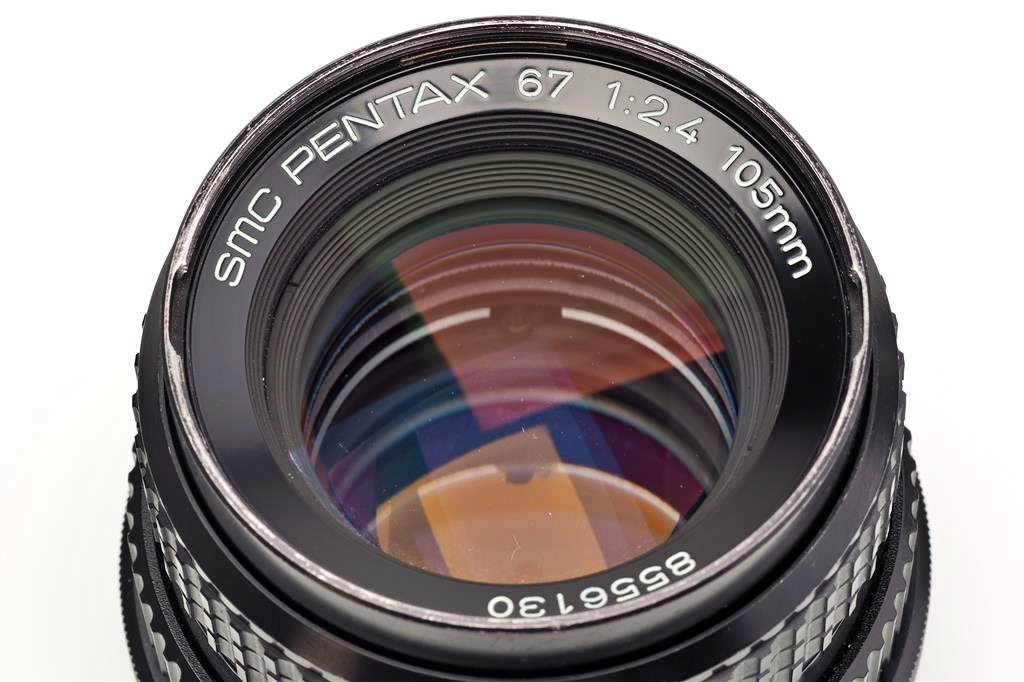
Are you an architecture or landscape photographer? Then the Pentax 67 45mm f/4 is a hot recommendation. With an equivalent focal length of approximately 22 millimeters in 35mm format, it's compact, making focusing easy, but lacks shift functionality. Tip: If you prefer a wider field of view, just like with a 24mm lens, the 55mm equivalent might be a better choice and tends to be a favorite in the lineup.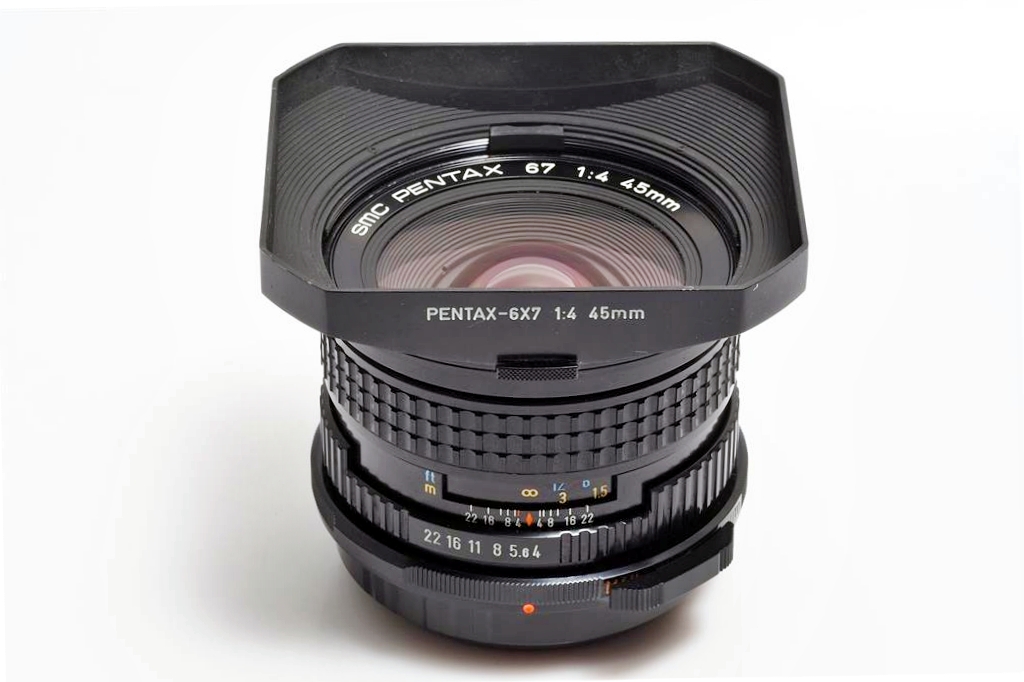
When it comes to portrait photography usually the Pentax 67 165mm f/2.8 is always a hot recommendation because of the compression and the moderate price level. A real steal for an awesome portrait lens! Other popular recommendations for portraits would be the 90 mm f/2.8 or the SMC Pentax 6x7 165 mm f/2.8.
Pentax 67 (and 6x7) application tips
Here are just a few practical tips for using the Pentax 67 that you might find useful:
- The Pentax 645 adapter allows Pentax 67 lenses to be used with the Pentax 645 as well.
- Install a new battery when the mirror is in its resting position, not when it's partially raised, as doing so can reduce the battery's lifespan.
- Be gentle with the film wind mechanism, operate smoothly and slowly since it can be fragile.
- Accessories: A sturdy tripod is a must-have for this camera.
Please note: While it's possible to shoot handheld with the medium format camera, achieving certain depths of field may require a tripod and longer exposure times. Additionally, when using a tripod, a cable release is often recommended.
Pentax 67 buying advice Pros & Cons
If you're wondering whether the Pentax 67, 67 II, or even the 6x7 is the right camera for you, here are some pros and cons, along with expert considerations to help with your decision.
- Pentax 67 models are often referred to as an SLR on steroids cause of its smoothness in operation – photographers all over the world like its quick focus and its versatility.
- It ranges from portrait to wide landscape shots, many systems available.
- Shooting with the Pentax 67 or Pentax 6x7 offers a unique experience that many photographers find rewarding, thanks to its manual controls and tactile feedback.
- Please note: Professionals do describe it as “handy” but in fact the Pentax 67 is significantly larger and heavier than 35mm SLR cameras, making it less portable and requiring additional effort to carry around.
- Please note: Professionals do describe it as “handy” but in fact the Pentax 67 is significantly larger and heavier than 35mm SLR cameras, making it less portable and requiring additional effort to carry around.
SLR cameras, making it less portable and requiring additional effort to carry around. - If the build and design with more electronic components doesn't bother you, then the more modern Pentax 67 II from 1999 and later could also be a great choice for you, as it has many innovative features but still has the look and feel of a classic photo camera.
- Compared to modern digital cameras, both the Pentax 67 and 67 II lack advanced features such as autofocus, built-in light meters, and electronic controls, which may be important for some photographers.
- Due to its mechanical nature, the Pentax 67 may require periodic maintenance and servicing to ensure optimal performance and longevity.
- For photographers accustomed to automatic settings and digital workflows, mastering the manual controls and film handling of the Pentax 67 may require time and practice, consider the learning curve.
If you have any further questions about the Pentax 67, 67 II, or 6x7, feel free to contact our experts at Jo Geier MINT & RARE we're here to assist you and provide detailed advice on Pentax cameras, suitable lenses, and all accessories. Our online shop usually offers a wide range of items that you'll love.

